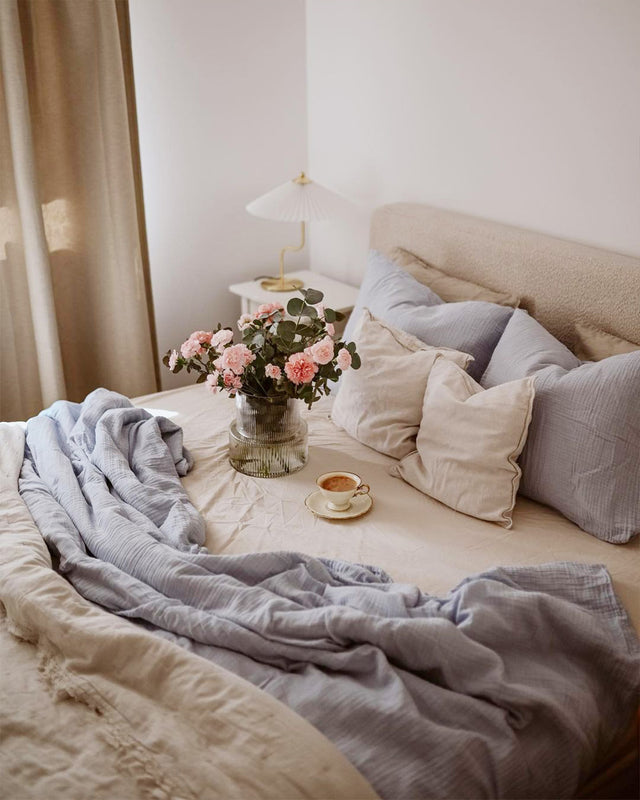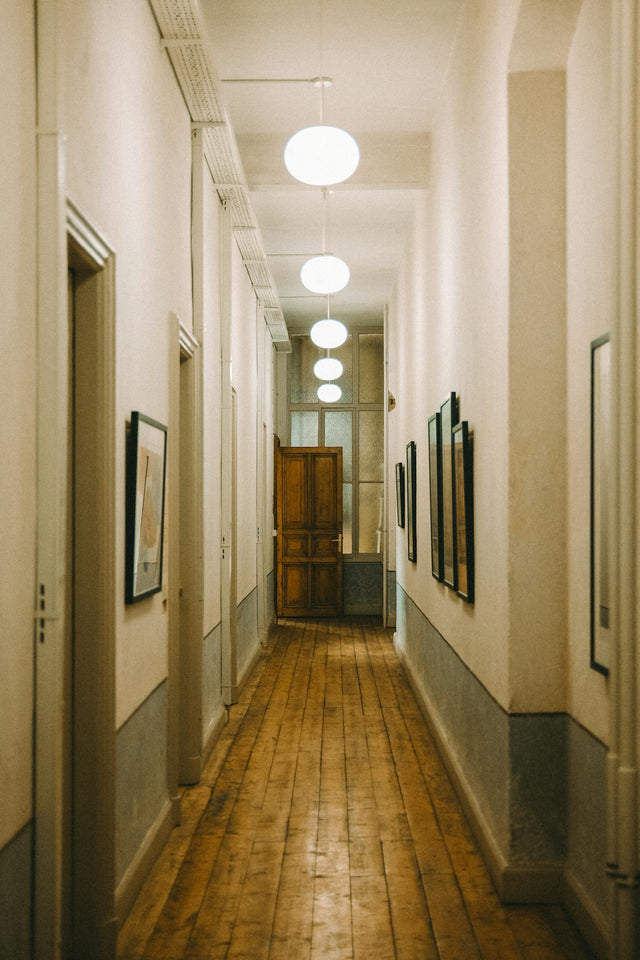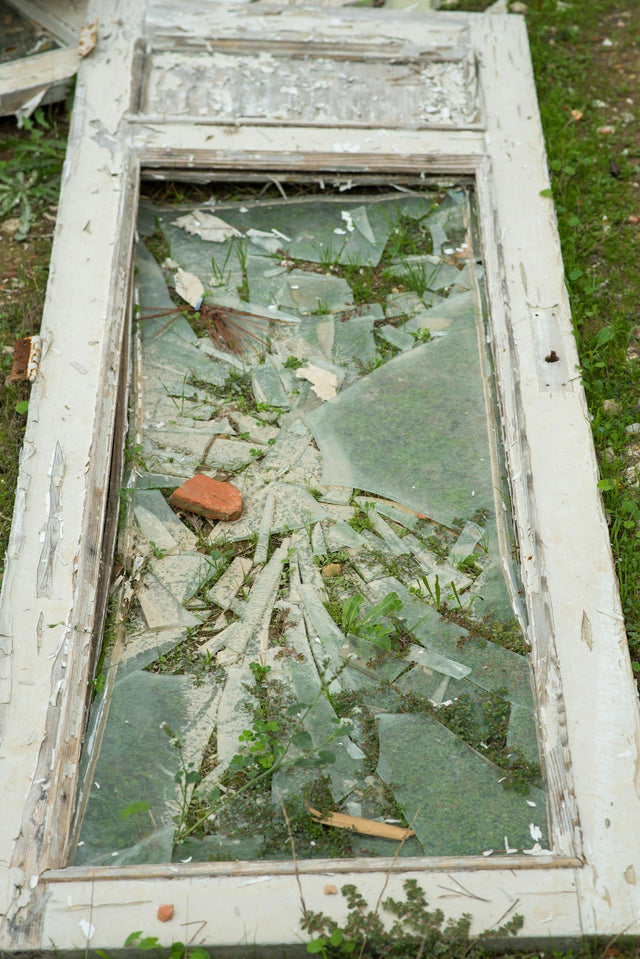How to clean the bed upholstery?
Upholstered beds are not only beautiful, but also comfortable. Precisely and aesthetically upholstered with a durable sponge and decorative fabric, they allow us to comfortably lean back and relax after a hard day. However, like any upholstery, it requires regular cleaning and care to keep it in good condition. Otherwise, after some time, stains and dirt will form on it, while dust will make it lose its original, flawless appearance. Cleaning your bed upholstery may seem complicated on the surface, but with the right tools and techniques, you can easily restore it to freshness and cleanliness. Below we will share with you some proven ways to quickly and effectively clean the upholstery of the bed.

How to wash upholstery?
Before you start cleaning an upholstered bed, it is important to know what to wash it with. Choosing the right cleaning agent depends on the type of upholstery. If you still have an instruction label, it's always worth referring to. If we do not have such instructions, it is best to check that the upholstery is protected against stains or water damage. If so, you can easily use a mild dish detergent dissolved in warm water. If not, then we are left with more delicate, often natural means, which we will mention in a moment.

Upholstery cleaning depending on soiling
As we have already mentioned, it is best to clean the bed upholstery regularly, thanks to which we will not have to spend a lot of time at once, and the agents used will also be more delicate, which will have much less impact on the condition of the fabric in the long run. The method of cleaning is also largely dependent on the kind of dirt we are dealing with. So below, we've looked at the different types of dirt.
- Removal of lint and dust
Before proceeding with a deeper cleaning of an upholstered bed, it is worth removing hair and dust with a vacuum cleaner or a special upholstery brush. Remember to thoroughly vacuum all nooks and crannies, especially in hard-to-reach places. Often such a regular treatment is enough for the bed to regain its former appearance, especially if no stains or dirt are visible on it yet.
- Wash upholstery
However, if the upholstery has dirt, but they are not too visible yet, it is enough to wash it by hand. To do this, prepare a solution of mild dishwashing detergent and warm water. Gently soak a sponge or soft cloth in the solution and gently wipe the upholstery in circular motions. Try not to get it too wet to avoid damaging the material. Then rinse the upholstery with clean water and let it dry. Alternatively, if we get it very wet, it is worth using a dryer set on a gentle airflow.
- Stain removal
If the upholstery of the bed has difficult to remove stains, it is worth using more concentrated cleaning agents. Before use, however, let's check whether the agent will not damage the upholstery. To do this, let's test it on an invisible part of the upholstery or consult the furniture manufacturer. If we are also looking for natural methods in this case, it is worth using a solution of citric acid with water in a ratio of 1:10. After removing the stain, wipe the stain with washing powder or dishwashing liquid dissolved in lukewarm water.
If, on the other hand, we have spilled red wine, an effective solution in this difficult situation may be pouring dry white wine on the stain and wiping a fragment of the upholstery with a damp cloth. After drying, there should be no trace of a stubborn stain.
- Upholstery drying
After cleaning, it is important to dry the bed upholstery well before lying on it. For this purpose, we can use a fan or direct a stream of cold air from an upholstery dryer to speed up the drying process. However, remember to avoid exposing the upholstery to direct sunlight, as this can cause color fading.

Upholstered furniture and dishwashing liquid - is it a perfect combination?
The upholstery of our favorite sofa or armchair requires regular cleaning. An excellent form of refreshing and getting rid of small stains is the use of dishwashing liquid. It creates a thick foam, thanks to which we do not have to worry that we will wet the cleaned surface. The great advantage of treating the center of the stain with a liquid with a soft cloth or paper towel is also the fact that it copes well with dried dirt and greasy stains, and at the same time it is quite gentle for fabrics and does not discolor them, especially if we wipe the dirt with a damp cloth at the end. However, it is worth remembering that the use of dish detergent to clean the upholstery of the bed is only possible if the upholstery is protected against stains and moisture. If you have doubts about the safety of a particular detergent, it is better to try it on a small, invisible area of the upholstery before cleaning the entire surface.
How about baking soda for cleaning upholstery?
Another natural home remedy for cleaning upholstery is to use baking soda. This method will work especially in the autumn and winter, when the upholstery dries much longer. Then it is also worth trying out the method of dry cleaning a sofa or an armchair, just with baking soda and with the help of a soft brush with equally soft bristles for furniture and upholstery material to effectively remove stains.
For this purpose, it is enough to apply a layer of baking soda on upholstered furniture, and then slightly moisten it with a damp cloth. We can also use, for example, a flower sprayer. What's next? We must be patient, and after a few hours remove the soda, preferably with a washing vacuum cleaner.
As we can see, cleaning the upholstery of a bed can seem like a challenge, but with the right approach, you can keep it in excellent condition. It is also important to frequently vacuum upholstered furniture and avoid strong detergents, which are effective and can be used to clean the sofa and even the entire bed, if we have stubborn stains to overcome, but then we also expose ourselves to damage to the delicate fabric. Therefore, remember to always check the manufacturer's instructions for cleaning and protecting the upholstery against stains and moisture before using a given method. Regular dust and hair removal, upholstery washing and stain removal are, after all, the basic steps that will help keep an upholstered bed clean and fresh. However, it is worth using home methods for cleaning upholstered furniture much more often. So how to clean the upholstery of the bed? Preferably with a bit of dishwashing liquid, water mixed with vinegar, using potato flour or a mixture of water and baking soda. These are proven, home remedies that will surely be as effective for greasy and dried-up stains or hair residues as chemical agents for removing stains that can soak fabrics and even permanently damage them.





















